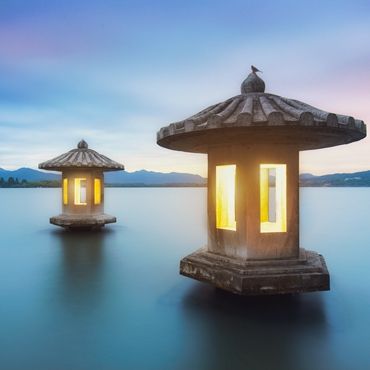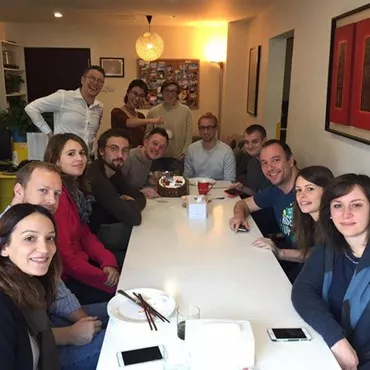Yu Garden
Located in the northeastern part of Shanghai's Old City, Yu Garden is a renowned classical garden with a rich history dating back to the Ming Dynasty. Spanning over 30 acres, it was originally constructed during the reigns of Emperor Jiajing and Wanli, establishing its status as one of the most celebrated gardens in the region. Widely acclaimed as Shanghai's preeminent classical garden among the five remaining ones, Yu Garden stands as a national AAAA-level tourist attraction.

The garden was originally established as a private estate by Pan Yunduan, a distinguished official from Sichuan, to provide his retired father, Pan En, with a serene and tranquil retreat. After over two decades of meticulous planning and construction, Yu Garden was completed in 1577. The name "Yu" symbolizes peace and tranquility, reflecting the garden's purpose of offering solace and serenity to Pan En during his retirement years. By the late Ming Dynasty, Yu Garden had gained recognition as one of the most exquisite gardens in Southeast China.
Yu Garden exemplifies the classical Jiangnan garden style, characterized by its intricate and refined design that seamlessly integrates natural and architectural elements. The garden boasts meandering pathways, exquisite pavilions, stunning rockeries, tranquil koi ponds, and ancient trees all thoughtfully arranged to create a serene and contemplative atmosphere. Additionally, it houses an impressive collection of cultural treasures including Ming and Qing dynasty furniture, renowned calligraphy and paintings, elaborate brick carvings as well as traditional stone sculptures.
The Yulinglong Stone, one of the renowned rocks in Jiangnan, and Dianchuntang, which served as the headquarters during the Taiping Rebellion in 1853, are among the prominent features of this garden. Additionally, visitors can explore the adjacent City God Temple and vibrant shopping streets, further enhancing its appeal as a popular tourist destination.
Yu Garden opened to the public in 1961 and was designated a national key cultural heritage site in 1982. Today, it remains a must-visit attraction for those seeking to experience the beauty and tranquility of traditional Chinese garden design.
Updated by Annabel Xie
















